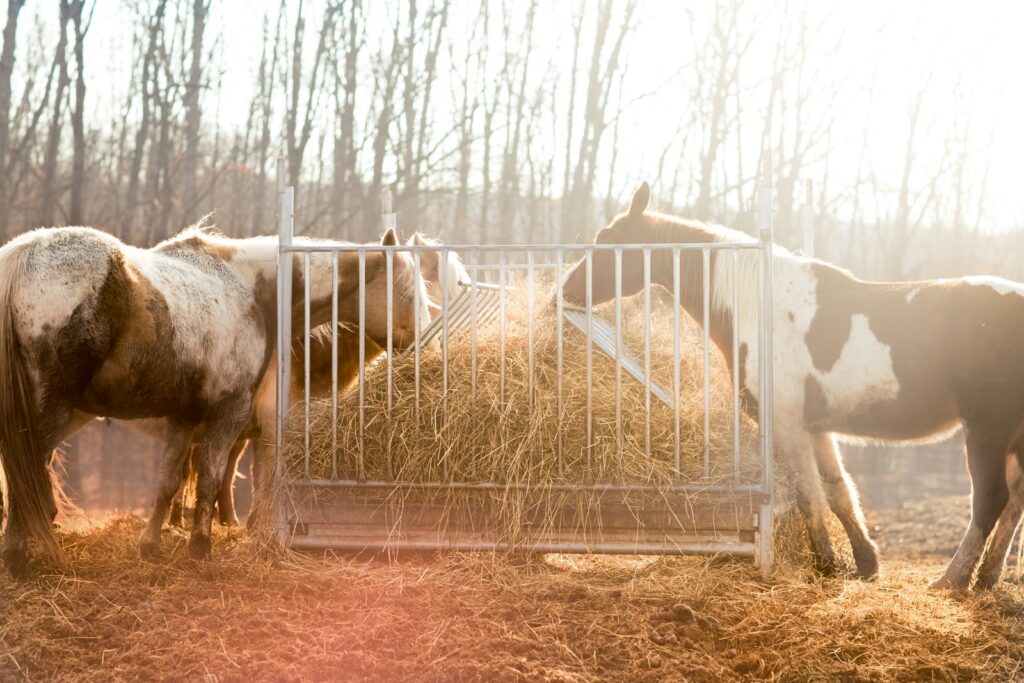Proper equine nutrition is the cornerstone of a healthy, high-performing horse. Yet many riders, from beginners to experienced equestrians, unknowingly make feeding mistakes that can impact their horse’s health, performance, and longevity. These errors often stem from misconceptions, tradition-based practices, or simply a lack of updated knowledge on equine nutritional science. Understanding and avoiding these common feeding mistakes can make a significant difference in your horse’s well-being and athletic capabilities. Let’s explore the most prevalent feeding routine errors and how to correct them for optimal equine health.
Inconsistent Feeding Schedules
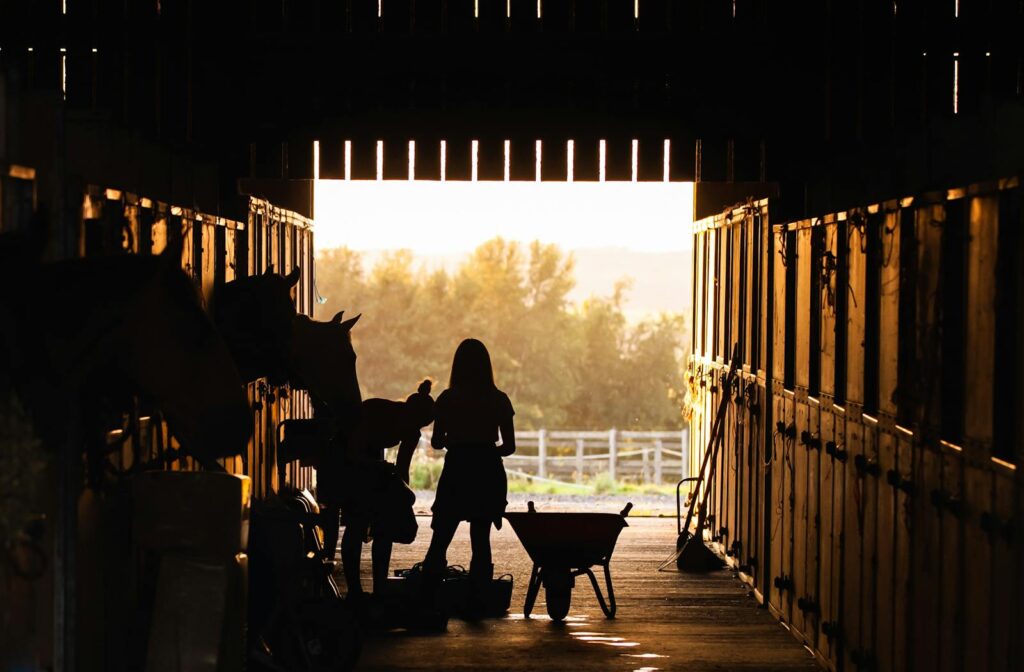
Horses thrive on routine, and this is particularly true when it comes to their feeding schedule. Inconsistent feeding times can disrupt a horse’s digestive rhythm, potentially leading to issues like colic, ulcers, and behavioral problems. The equine digestive system is designed for continuous grazing, with stomach acid produced 24/7 regardless of whether food is present. When meals are delayed or irregular, this acid can damage the stomach lining without the buffering effect of forage. Establishing a consistent feeding schedule—ideally with meals spaced no more than 6-8 hours apart—helps maintain gut health and reduces stress-related behaviors like stall walking or cribbing.
Overfeeding Concentrates
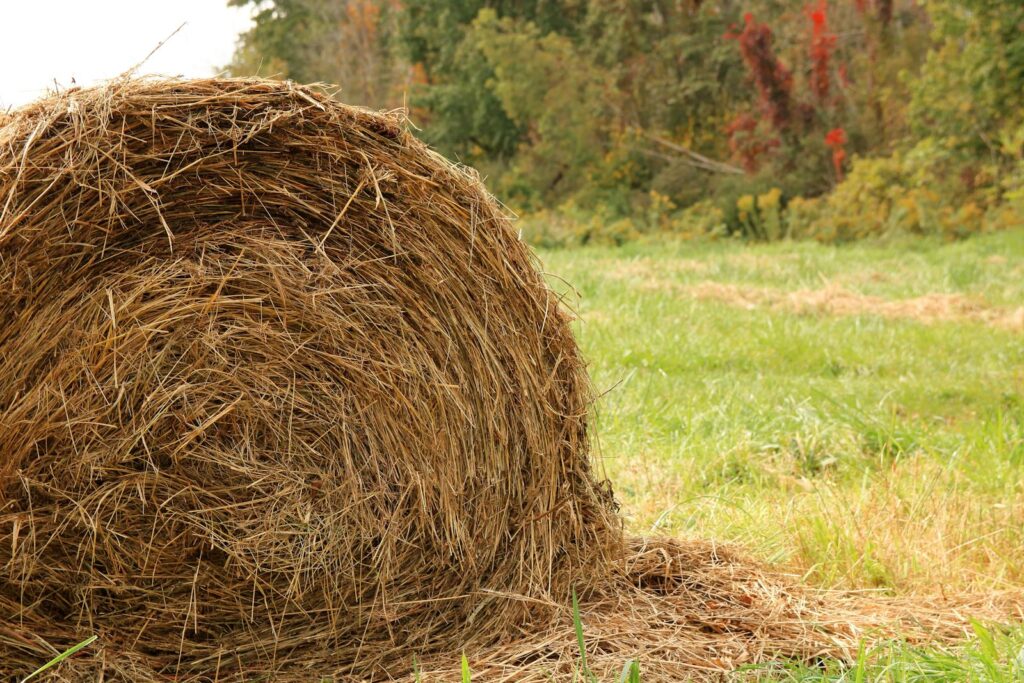
One of the most common feeding mistakes is providing too much grain or concentrated feed relative to forage. Many riders mistakenly believe that more grain equals more energy or better performance, when in reality, excess concentrates can lead to serious health issues. High-grain diets are associated with hindgut acidosis, colic, laminitis, and metabolic disorders like insulin resistance. These concentrated feeds also contribute to “hot” or excitable behavior that can make horses difficult to handle and ride. For most horses with moderate workloads, a diet consisting primarily of good-quality forage with minimal concentrates is healthier and more natural, supporting both physical and mental well-being.
Inadequate Forage Provision
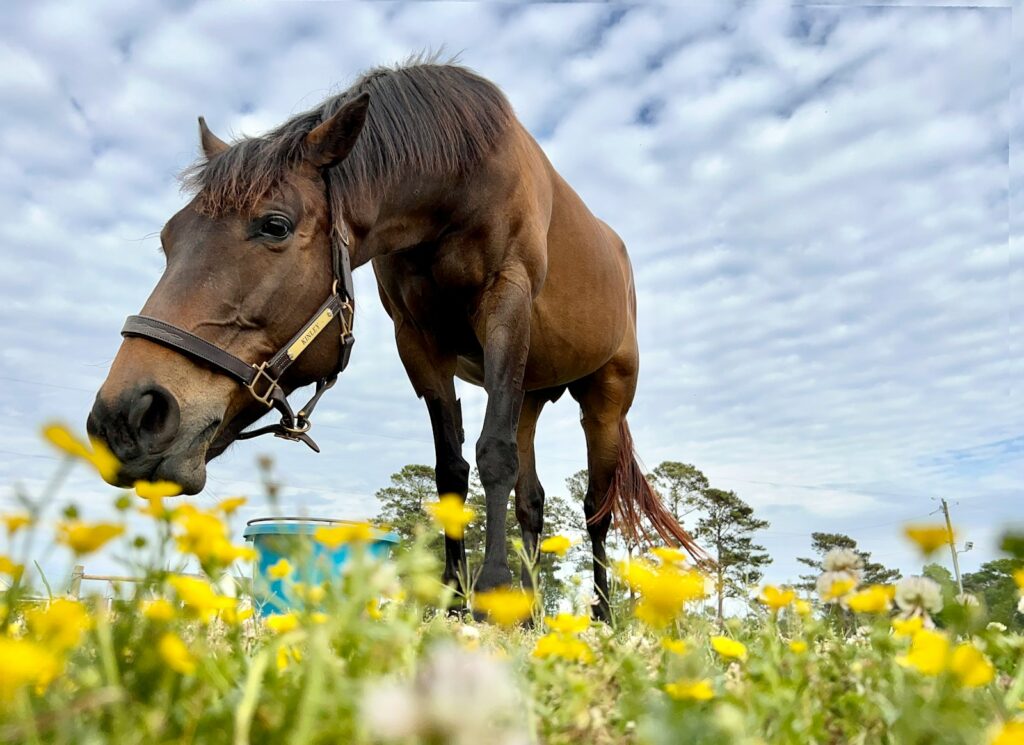
Horses are natural foragers, evolutionarily designed to spend 16-18 hours daily grazing on fibrous plant materials. Many modern management systems fail to provide sufficient forage, leading to both physical and psychological issues. Restricted forage access increases the risk of gastric ulcers, colic, and stereotypic behaviors like wood chewing and weaving. The fiber in forage is essential for proper hindgut function, maintaining healthy gut microbiota, and regulating body temperature. Ideally, horses should have access to forage almost continuously throughout the day, with total daily intake amounting to approximately 1.5-2% of their body weight in dry matter.
Ignoring Water Quality and Availability
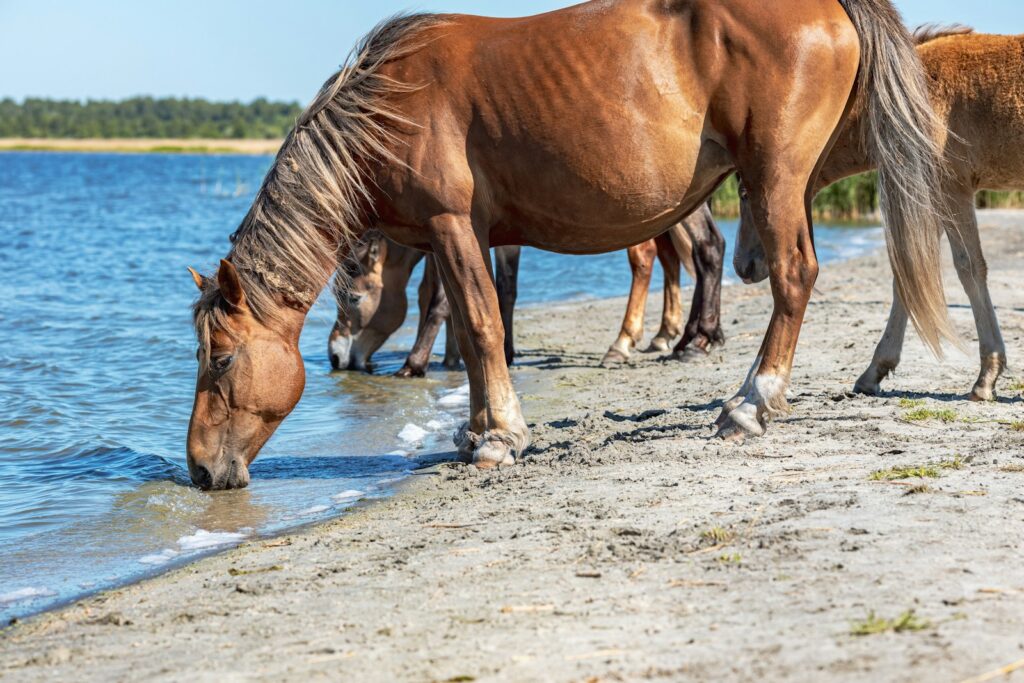
Water is the most essential nutrient for horses, yet its importance is often overlooked in feeding management. Insufficient water intake can lead to dehydration, impaction colic, and decreased performance. Many riders fail to ensure that clean, fresh water is available at all times, or don’t account for how weather conditions affect water requirements. During hot weather or intense exercise, horses may need up to 15 gallons of water daily, while frozen water sources in winter can severely limit intake. Water quality matters too—contaminants, unpleasant tastes, or unfamiliar sources can all cause horses to drink less than they need, creating a dangerous situation that can quickly escalate to serious health problems.
Sudden Diet Changes
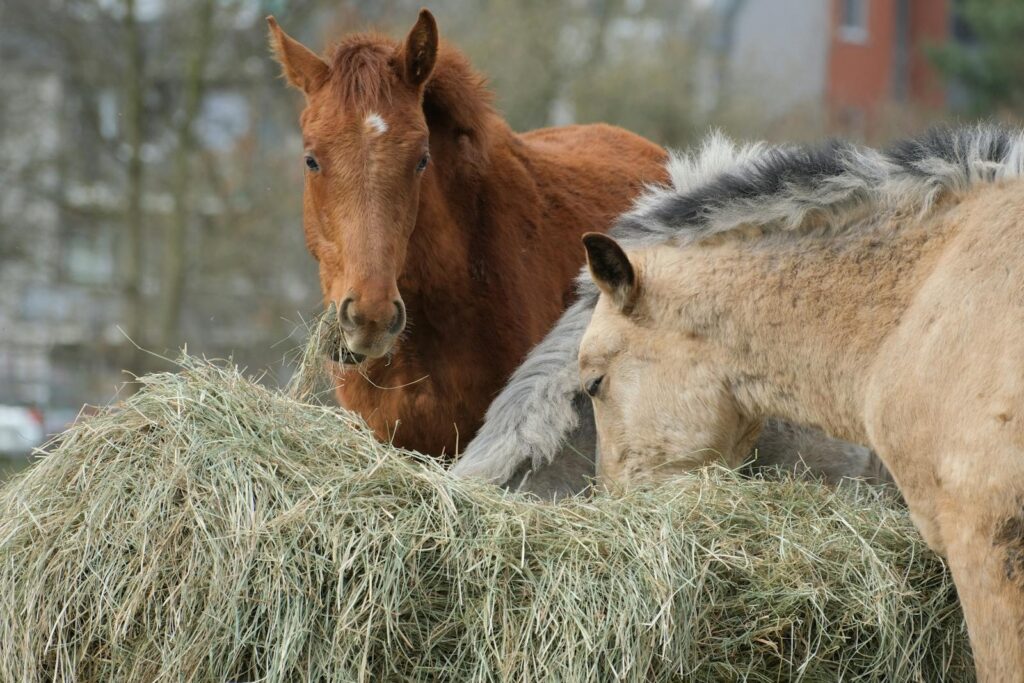
The equine digestive system relies on specific microorganisms to break down different types of feed, and these microbial populations adapt slowly to dietary changes. When riders make abrupt transitions between feed types—switching hay varieties, introducing new grain, or suddenly increasing portions—they risk disrupting this delicate ecosystem. This microbial disturbance can lead to colic, diarrhea, laminitis, and other serious digestive upsets. Any change to a horse’s diet should be implemented gradually over 7-14 days, allowing the hindgut microbiome sufficient time to adjust to the new feed composition. This cautious approach is especially important when introducing feeds with higher starch or sugar content, which pose greater risks if introduced too quickly.
Improper Feed Storage

Poor feed storage practices compromise both nutritional quality and safety, creating problems that many riders don’t connect to their horse’s health issues. Hay stored improperly can develop mold that produces respiratory irritants and potentially harmful mycotoxins, while grain products left exposed to moisture or pests quickly become contaminated. Vitamin content, particularly in commercial feeds, degrades when exposed to light, heat, and oxygen, meaning that open bags left sitting for extended periods provide less nutritional value than fresh feed. Proper storage in clean, dry, pest-proof containers or areas not only preserves nutritional quality but also prevents accidental overexposure that could lead to founder or colic if horses gain unrestricted access to feed supplies.
Failure to Adjust Feeding for Exercise Levels
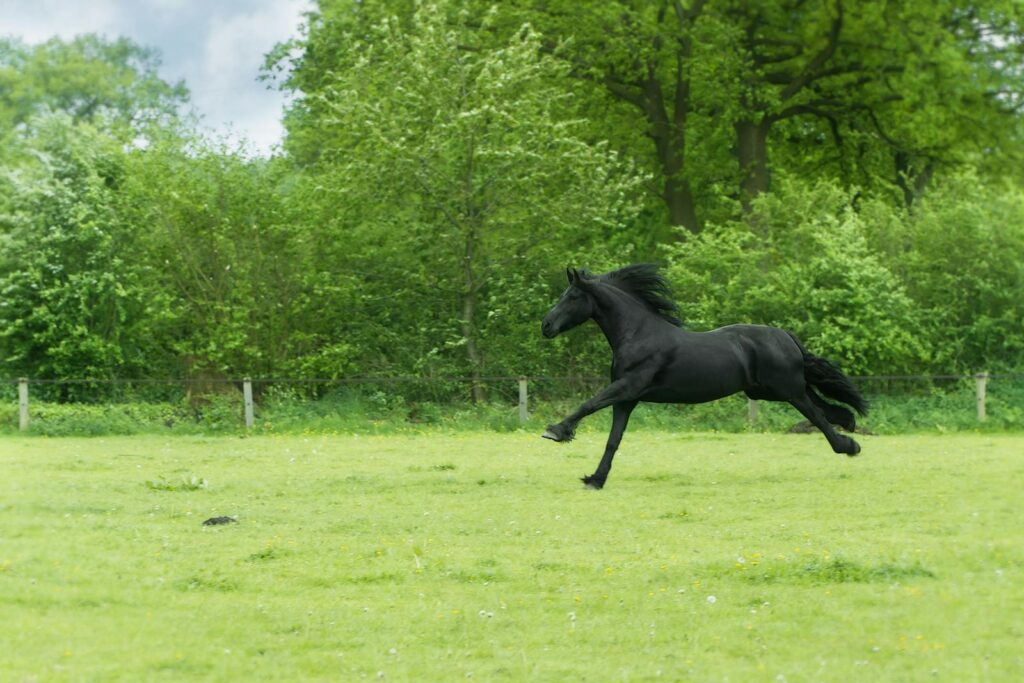
Many riders maintain the same feeding regimen regardless of their horse’s changing activity levels. When work intensity decreases—during injury recovery, seasonal changes, or competition off-seasons—continuing to feed performance-level rations can quickly lead to unhealthy weight gain and associated health problems. Conversely, increasing workload without appropriate nutritional adjustments leaves horses without adequate energy, potentially causing weight loss, poor performance, and compromised immune function. Energy requirements can change substantially based on activity; a horse in intense training may need twice the calories of the same horse during light work. Regularly reassessing body condition and adjusting feed accordingly ensures horses maintain optimal weight while receiving appropriate nutrients for their current needs.
Disregarding Individual Metabolic Differences
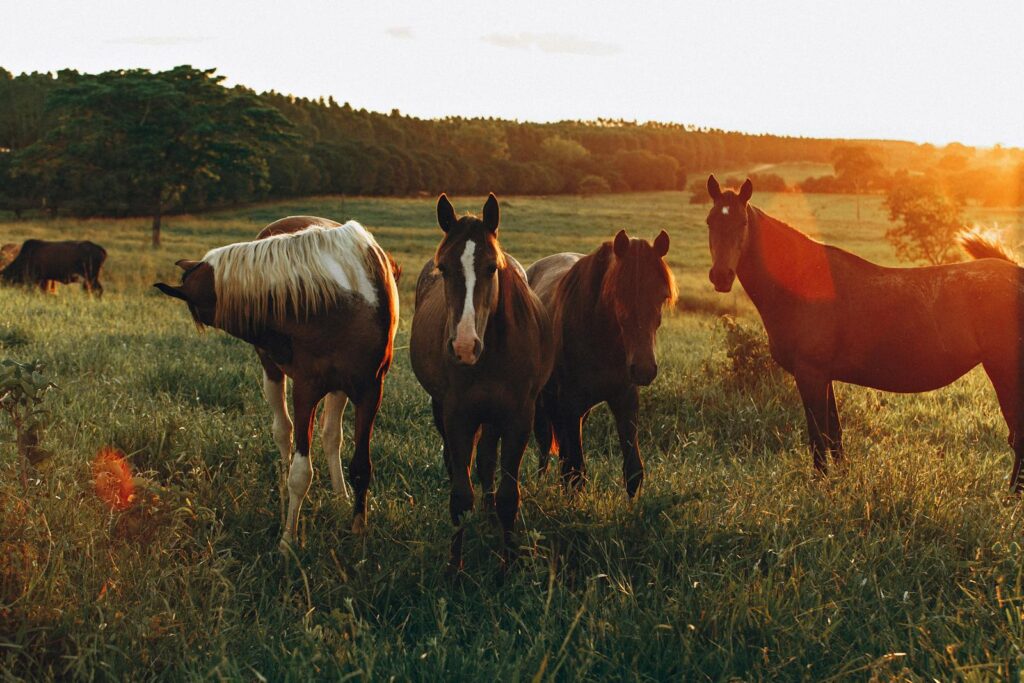
The “one-size-fits-all” approach to equine nutrition fails to account for the significant metabolic differences between individual horses. Factors such as breed, age, health status, and individual metabolism create vastly different nutritional requirements even among horses of similar size and workload. Easy keepers like many native ponies and draft crosses require carefully restricted diets to prevent obesity, while hot-blooded breeds often need more calories to maintain weight during work. Some horses have specific sensitivities—to sugar content, certain proteins, or other feed components—that necessitate specialized diets. Successful feeding programs consider these individual variations, taking into account the specific horse’s metabolism, workload, and health requirements rather than applying generalized feeding rules.
Improper Supplement Use

The equine supplement market offers thousands of products making various claims, leading many riders to over-supplement their horses without understanding the potential consequences. Adding multiple supplements without considering their combined nutrient profiles can create dangerous imbalances or toxicities, particularly with minerals like selenium and copper that have narrow safety margins. Many riders provide supplements their horses don’t actually need, wasting money while potentially creating nutritional problems. Before adding any supplement, riders should analyze their horse’s complete diet to identify genuine deficiencies, considering that many commercial feeds are already fortified with essential nutrients. Consulting with an equine nutritionist before implementing a supplementation program can prevent costly mistakes and potential health issues from inappropriate supplementation.
Neglecting Dental Health
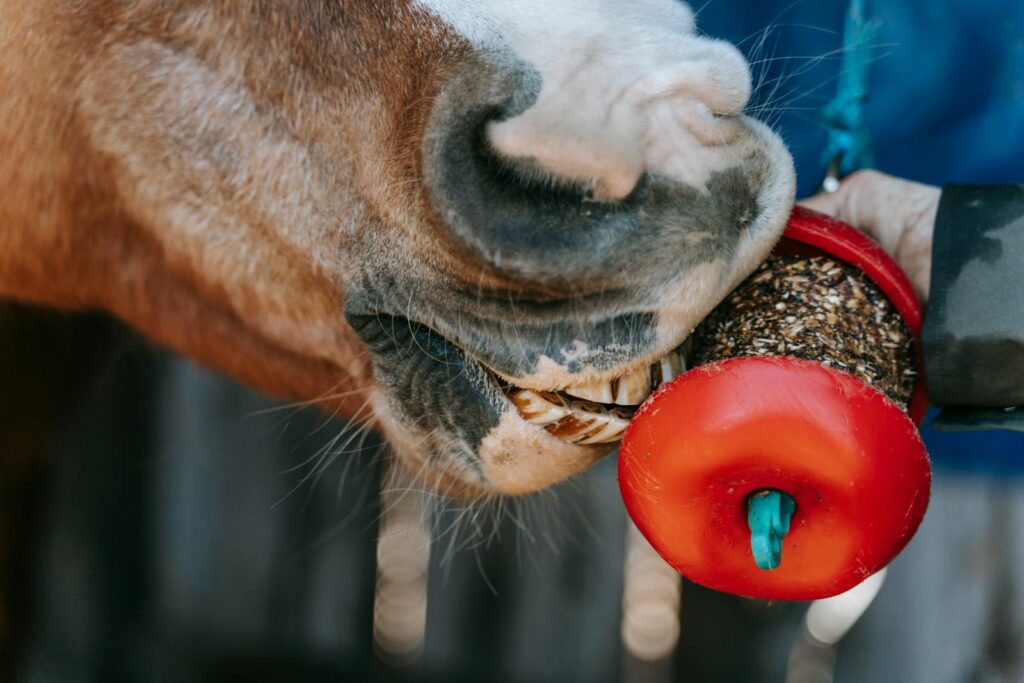
Even the most carefully planned feeding program will fail if dental problems prevent proper chewing and digestion. Sharp points, wave mouths, hooks, and other dental abnormalities make chewing painful and inefficient, often causing horses to quid (drop partially chewed food) or avoid eating altogether. Poor dentition reduces feed digestibility as inadequately chewed food cannot be properly broken down in the digestive tract. Many performance or behavior issues trace back to untreated dental problems that create pain during riding. Regular dental examinations by a qualified equine dentist or veterinarian—typically once or twice yearly for adult horses—are essential to maintain proper chewing function and ensure horses can fully benefit from their feed.
Misinterpreting Weight and Body Condition
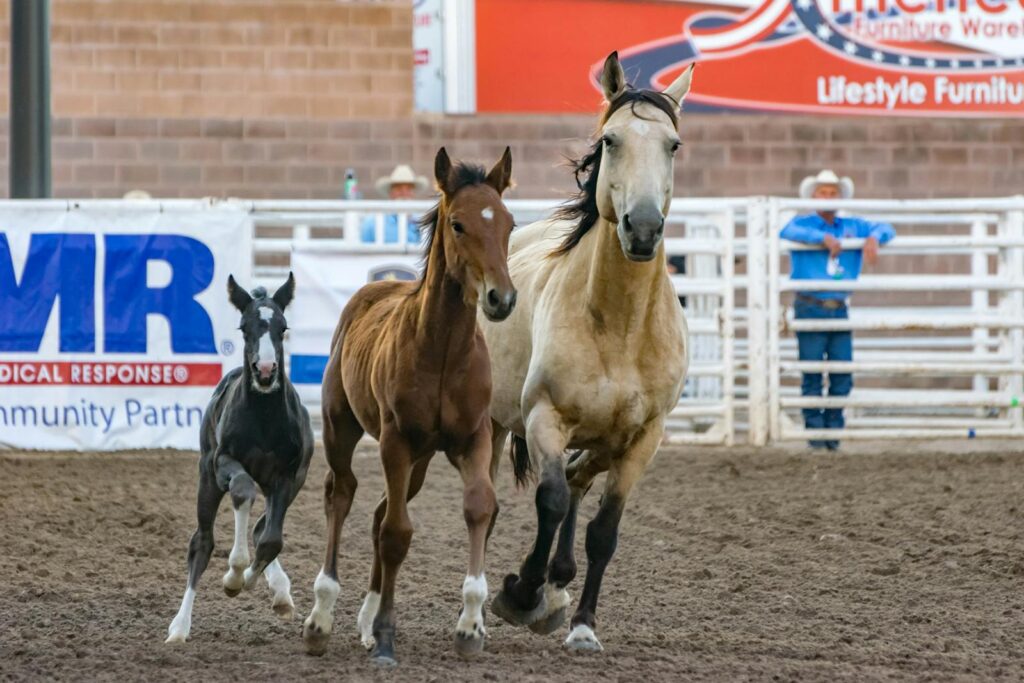
A surprising number of riders cannot accurately assess their horse’s body condition, often normalizing overweight or underweight states. Studies consistently show that horse owners tend to underestimate body condition in overweight horses, perceiving an obese horse as merely “well-covered” or “healthy looking.” This misperception leads to continuing inappropriate feeding practices that contribute to obesity-related disorders like insulin resistance, laminitis, and reduced athletic performance. Learning to objectively evaluate body condition using a standardized scoring system helps riders make informed feeding decisions based on actual body composition rather than visual impressions. Regular weight tape measurements provide another objective metric to track weight trends over time, allowing for timely adjustments to the feeding program.
Ignoring Seasonal Nutritional Changes
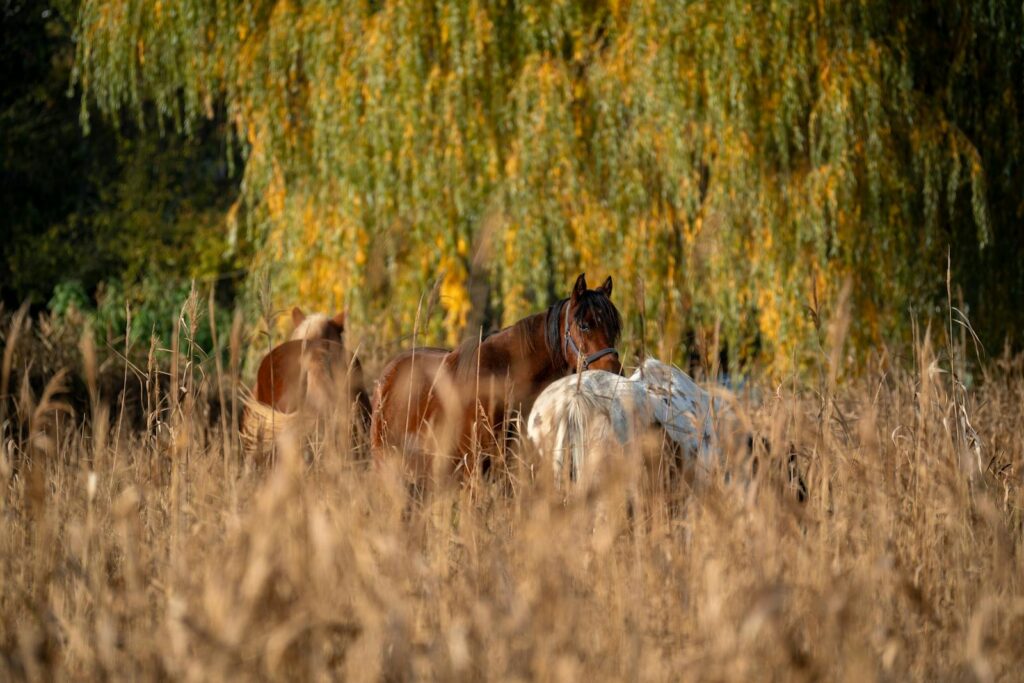
Nature provides different forages throughout the seasons, and domesticated horses benefit from feeding programs that acknowledge these natural cycles. Many riders fail to adjust their feeding practices with seasonal changes, missing opportunities to work with natural metabolic shifts. Spring pastures contain significantly higher sugar levels, requiring careful grazing management for horses prone to metabolic issues or laminitis. Summer heat increases water requirements and may reduce appetite, necessitating feeding adjustments to maintain hydration and adequate nutrition. Fall brings the risk of frost-stressed grasses with dangerous sugar levels, while winter’s cold increases caloric needs for thermoregulation. A seasonally-adjusted feeding program that anticipates these changes helps prevent metabolic disruptions and maintains consistent body condition throughout the year.
Overlooking the Impact of Stress on Digestion
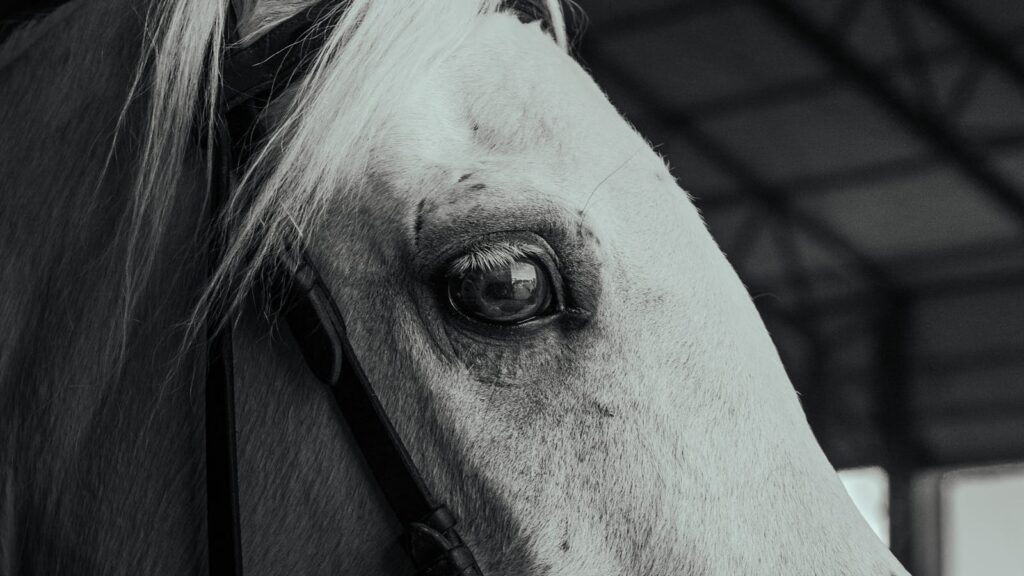
The equine digestive system is remarkably sensitive to stress, yet many riders don’t consider how transportation, competition, environmental changes, or herd dynamics affect their horse’s digestive function. Stress triggers physiological responses that can alter gut motility, reduce digestive efficiency, and even damage the gut lining, making horses more susceptible to colic and ulcers. During stressful periods, horses benefit from modified feeding practices such as increasing forage availability, dividing concentrates into smaller meals, and providing prebiotics to support gut health. Adding a small amount of alfalfa to the diet can help buffer stomach acid during stress, while maintaining consistent routines around feeding times provides psychological security. Recognizing how stress impacts digestion allows riders to implement protective feeding strategies during challenging periods.
conclusion
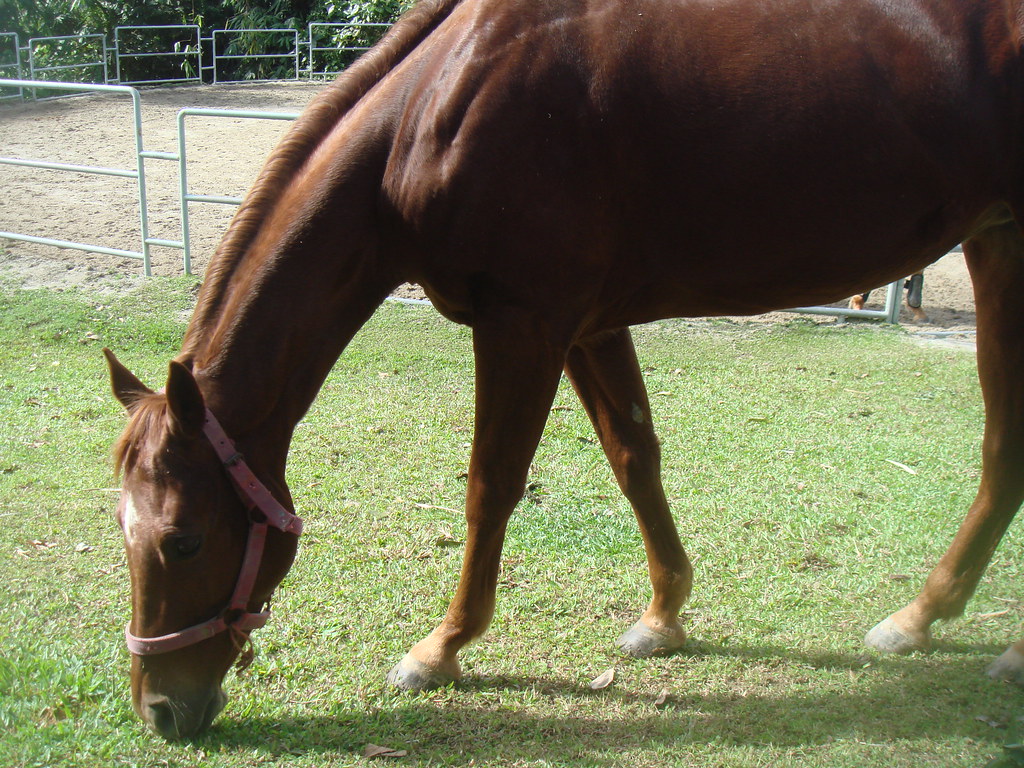
Developing an effective equine feeding program requires more than good intentions—it demands knowledge, observation, and consistency. By avoiding these common feeding mistakes, riders can significantly improve their horses’ health, comfort, and athletic potential. Remember that each horse is an individual with unique nutritional needs that may change throughout the seasons and different life stages. Working with equine nutrition professionals, staying informed about current research, and carefully monitoring your horse’s response to dietary adjustments creates the foundation for optimal health. A well-fed horse not only performs better but also enjoys a higher quality of life with fewer health complications, making proper nutrition one of the most important aspects of responsible horse care.

